âThis is realâ: Newport Beach family seeks to ensure rare disease funding continues
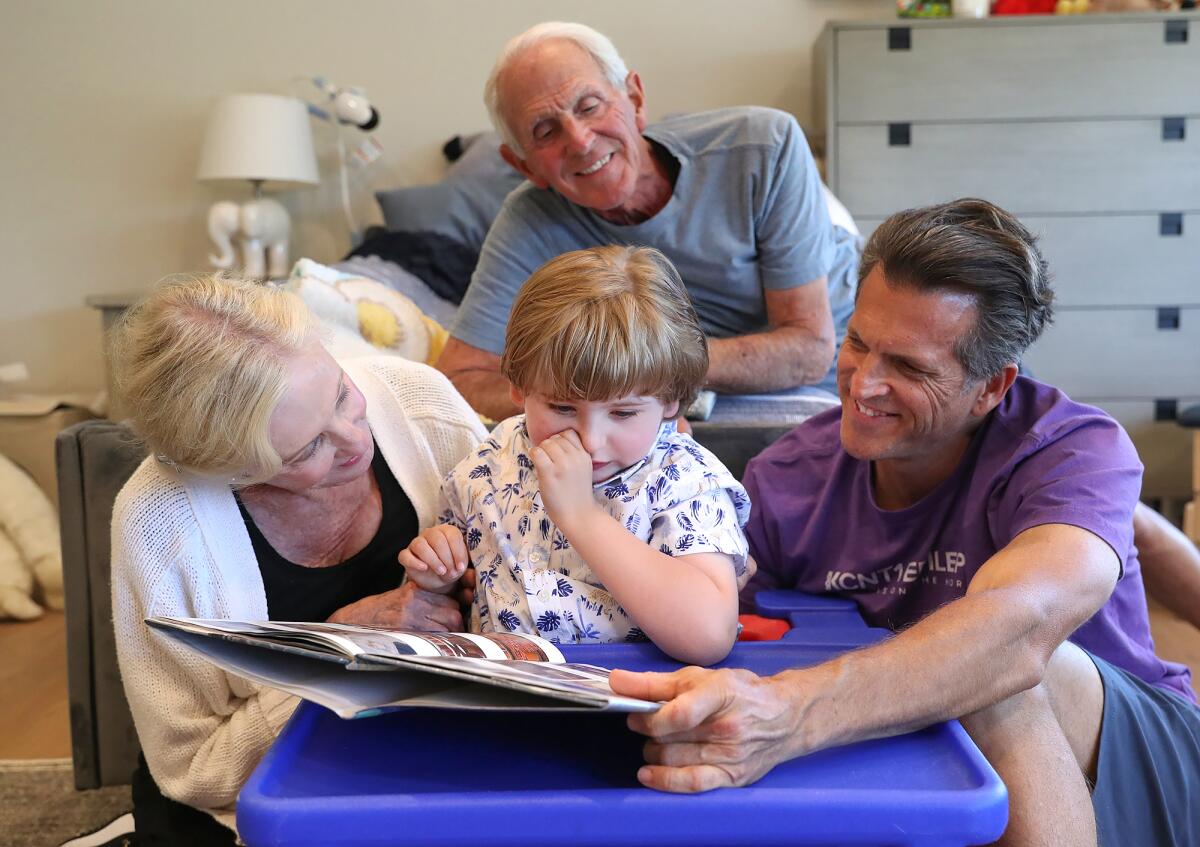
Lisa Collea is a doctor who often sleeps with her 7-year-old son, Andrew, in bed with her at their Newport Beach home.
The ophthalmologist sees appealing things in her dreams.
âEvery morning I wake up, and sometimes I had a dream that he talked, or I had a dream that he walked,â she said. âAnd then I wake up and I look over at him and itâs like, âOh my God, this is real.ââ
Andrew, the youngest of Collea and Dr. Justin Westâs three children, has done neither of those things yet.
He started having seizures when he was 4 months old. Soon after, he was diagnosed with a rare disease, KCNT1-related epilepsy, caused by mutations in the KCNT1 gene. The family watched, horrified, as he regressed.
Andrew still needs assistance 24 hours a day, and the family has both a live-in nanny and a home nurse at the ready. Grandparents John and Jan West, a doctor and nurse respectively, also live in town and serve as invaluable resources.
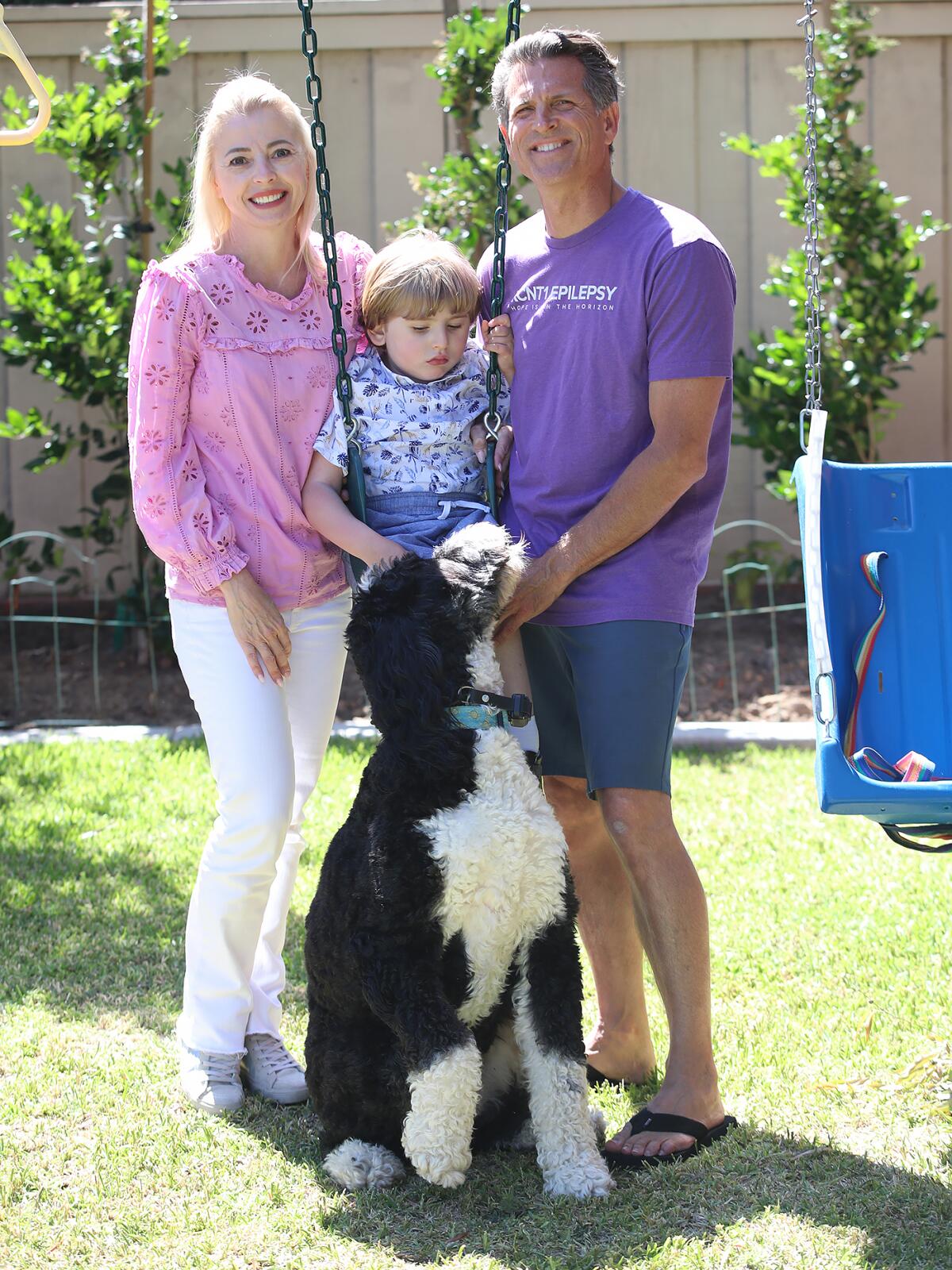
âAndrew canât walk, he canât talk, he canât really communicate,â Collea said. âI can tell sometimes that heâs hungry or if heâs tired, just by different sounds that heâs making. But he needs full assistance with bathing, changing, eating. He canât stand up on his own, so we have to carry him everywhere.â
The goal, she said, is for her to get back some of the baby that she lost.
Thatâs where the family sees the California Institute for Regenerative Medicine (CIRM) coming in.
Justin West, a plastic surgeon, co-founded the nonprofit KCNT1 Epilepsy Foundation in 2019 to help his own family and others affected by this rare disease. Sarah Drislane, the nonprofitâs executive director, said there are several other KCNT1 patients in Orange County, among the roughly 3,000 kids nationwide affected by the disease.
West works with researchers and industry leaders to identify and evaluate potential therapeutics.
âDrug companies know that we have stem cell lines,â West said. âWeâve created opportunities for them to come in. Weâre giving them the ingredients. And then the companies can look at that and say, âWe want to develop a small molecule or create a new pill.â It gives all these companies an asset they can experiment with, that each of them individually donât have to pay for and waste the time developing.
âWeâre basically handing them the ingredients, so they can go make a cake.â
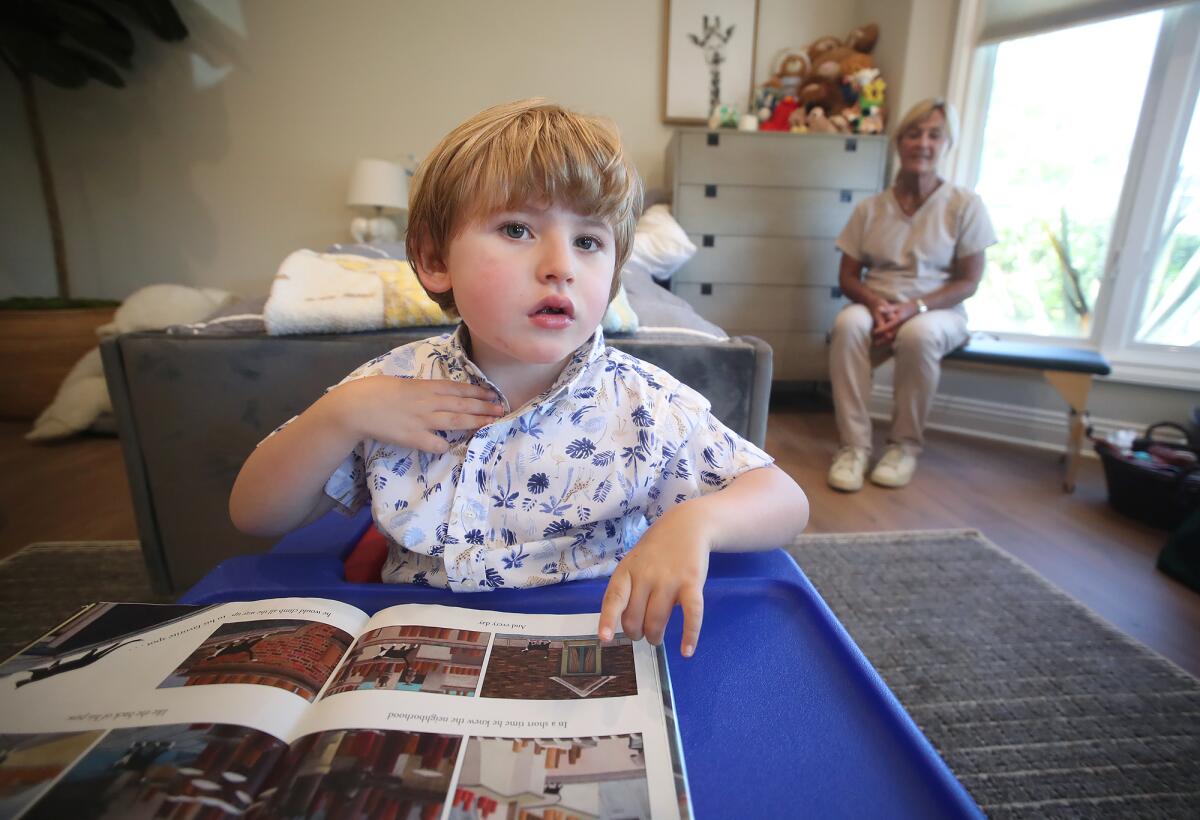
CIRM was created in 2004 when Californians voted in favor of Proposition 71, the California Stem Cell Research and Cures Initiative. In 2020, voters approved another $5.5 billion of funding.
But West is concerned that the San Francisco-based agency could begin deprioritizing funding for rare diseases in favor of more common ones like cancer.
âOne in 10 people have a rare disease, and 95% of those rare diseases donât have a single treatment,â he said. âItâs hard to wrap your head around the idea, as a parent and as a physician, around the concept that youâre going to defund those who have nothing in favor of those who have lots of options and much better lives.â
Dr. Abla Creasey, CIRM vice president of therapeutics development, confirmed in an interview that the agency is currently going through strategic allocation framework right now, which will be shared with the Independent Citizensâ Oversight Committee board at a meeting on Sept. 26.
But, she said, the notion that CIRM would no longer fund rare disease grants is ânot likely.â
âI reassure you that CIRM is still committed to working on rare diseases and identifying potential new therapies,â she said, adding that it has funded several different grants in sickle cell disease treatment, two of which are already in the clinical trial stage and moving forward.
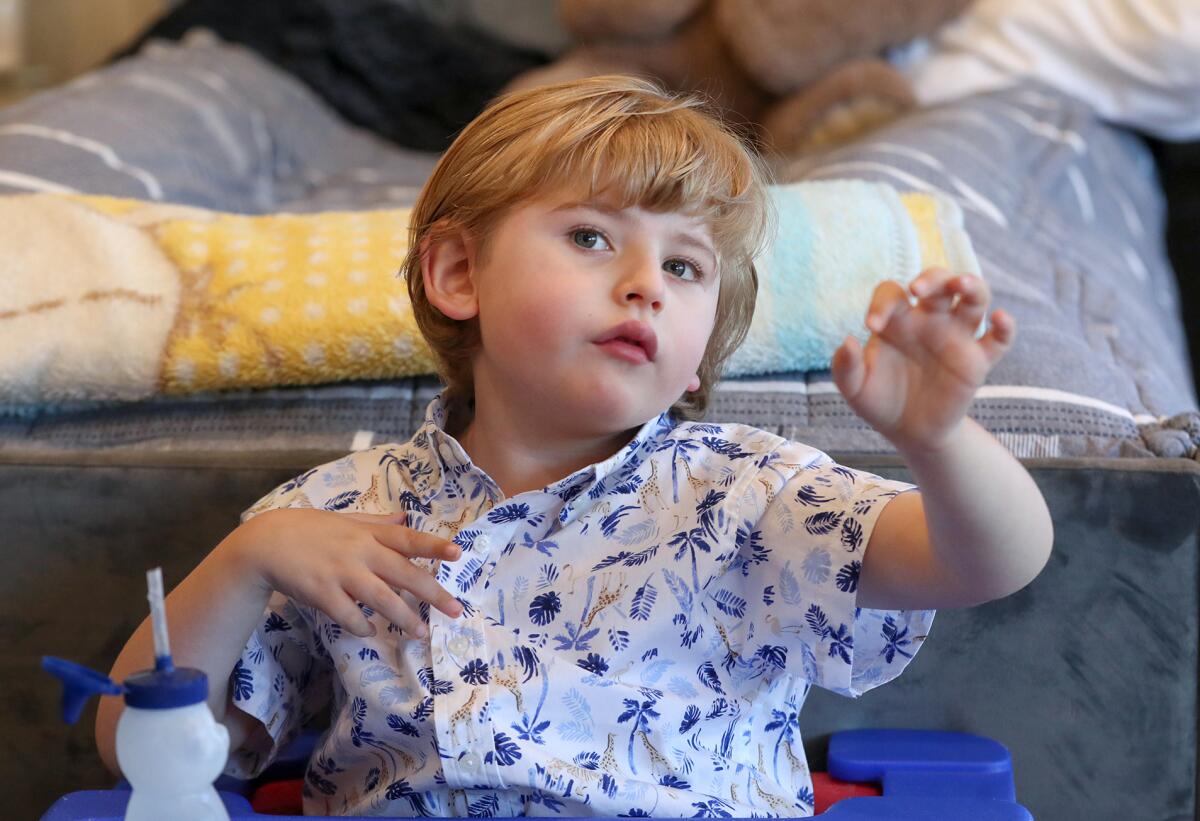
As of May, the ICOC had approved a total of $404 million for rare diseases and $178 million for ultra-rare diseases over the years, according to figures provided by CIRM. Those numbers combined represent slightly more than half â 52% â of the clinical trial portfolio.
âThis is total guessing â it may go down to 45% instead of [52%], something along those lines,â Creasey said. âWe just want to make sure that we have made adjustments to balance, but also to make those folks who are expecting therapies for common diseases, more prevalent diseases in the state. If the science is able to stand behind it, CIRM will not discriminate against common diseases versus rare diseases. We welcome both.â
Collea noted that last month, the U.S. Food and Drug Administration announced a rare disease innovation hub. The bipartisan Congressional Epilepsy Caucus was launched in February 2023 in the House of Representatives, and in February 2024 in the U.S. Senate.
âItâs the wrong time for CIRM to back out,â Collea said. âThe time is for CIRM to be all-in.â
The KCNT1 Epilepsy Foundation wants to make sure efforts remain diligent in advocating for rare disease patients and their families, who typically donât receive funding from big pharmaceutical companies. The Wests are hopeful for a gene therapy in their case.
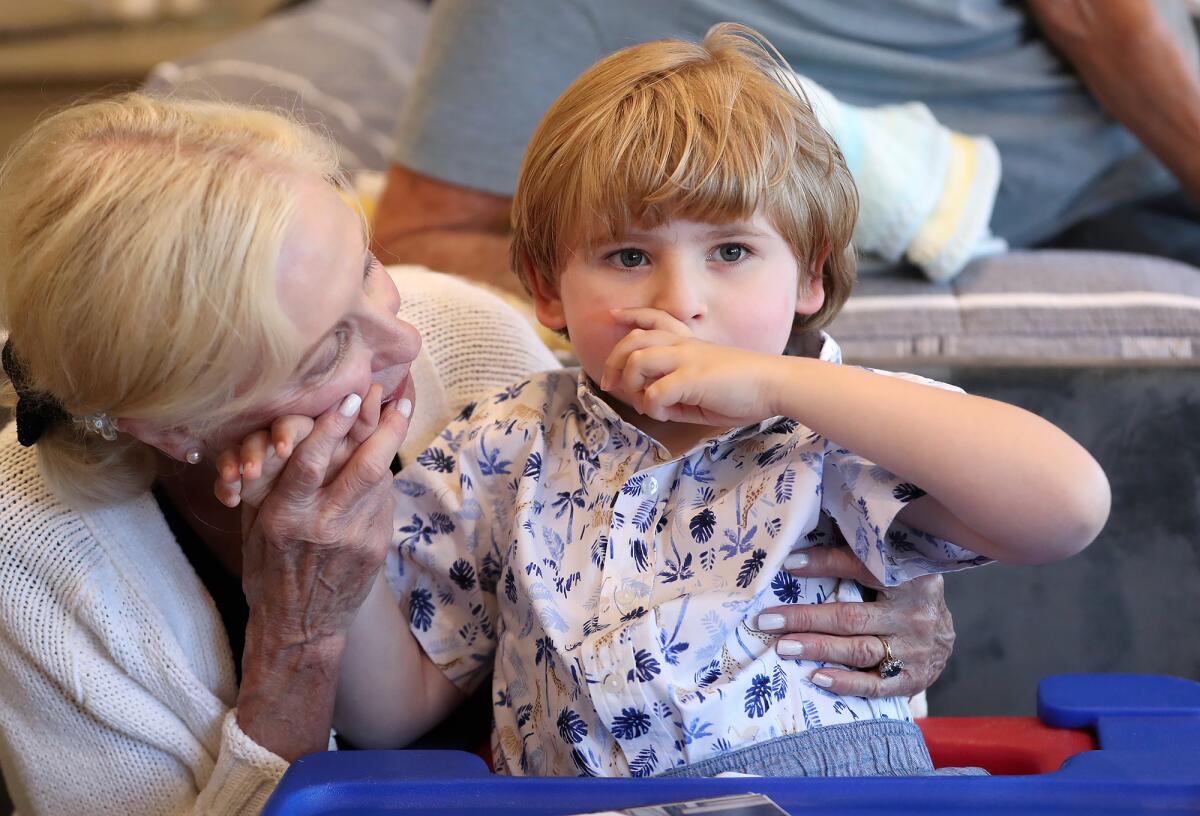
Meanwhile, life goes on, but there is no manual for having a child who lives with a rare disease.
His mom and dad worry about the effect of Andrewâs ongoing complications on their two older children. Carolyn is 10 and Colin is 8; both currently see therapists.
Colin recently wrote a poem at school about his brother, which Collea shared.
Like his mother, he dreams of a better future.
âI dream about my brother talking to me,â Colinâs poem reads as it comes to an end. âI try to be happy. I hope he will get better. I am Colin.â
All the latest on Orange County from Orange County.
Get our free TimesOC newsletter.
You may occasionally receive promotional content from the Daily Pilot.




